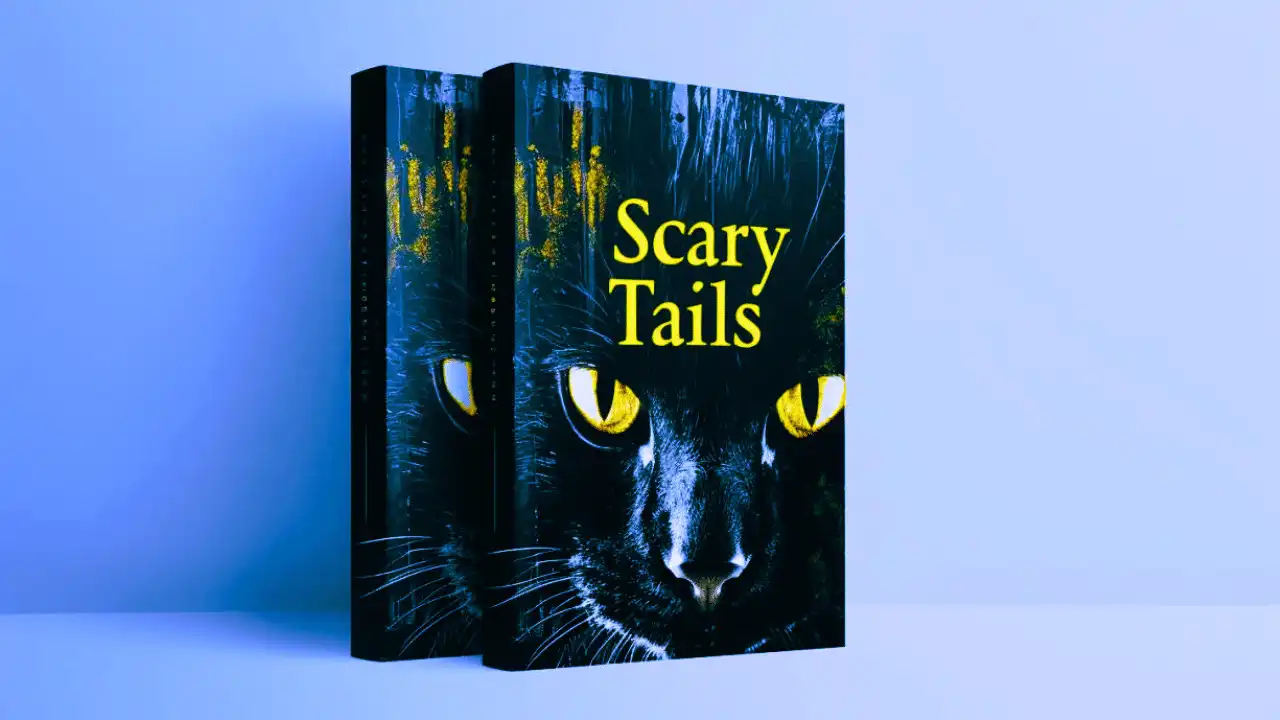The jewel wasp can turn cockroaches into zombies by changing the cockroach brain and how it works. Let’s learn how.
Let's Ramble
When you buy something through one of the links on my site, I may earn an affiliate commission at no cost to you. Images from movies or books are used under Fair Use for review purposes. Copyrights belong to their respective owners.
The Last of Us (season 1, episode 1) made me think of zombies, and this reminded me of the jewel wasp, which makes zombie cockroaches.
Careful: Tiny spoilers to The Last of Us (S1-E1) ahead!
A book about animal horror movies, created with community contributions and sprinkled with some fun scientific facts.
Click to see how you can contribute and be part of this project!
What Happens in the Zombie Cockroach Brain?
The Last of Us (season 1, episode 1) made me think of zombies, and this reminded me of the jewel wasp, which makes zombie cockroaches.
Before discussing the zombie cockroach brain, let’s talk about zombies in general.
Horror movie inspired cat names
Zombies in Cinema and Nature
A few days ago, I watched the first episode of The Last Of Us, a post-apocalyptic HBO series based on a successful video game. I played the game years ago (never progressed much, though), and so I was thrilled to see it again. What was my favorite scene in the first episode? Not the initial escape from the zombies, nor the explosions or fights. Nope. My favorite scene was the first one, featuring the 1960s scientist talking about fungi and their horrible mind-altering potential. This was such a brilliant idea, which—despite me being both a horror movie fan and nature lover—never really crossed my mind.
After all, most (all?) pandemics in apocalyptic books and movies are presumably caused by bacteria or viruses (real or not). For instance: 12 Monkeys, The Stand, Station 11, Outbreak, Contagion, 28 Days Later, and more. But even though viruses have a lot to offer in altering behavior—think RABIES—they’re still pretty limited.
In contrast, if you think about all kind of mind-altering drugs, you realize fungi have a lot more to offer for the zombie horror world.
So, this was actually supposed to be a post about parasitic fungi that change the behavior of animals, such as ants and snails. This post idea, however, will have to wait because I went to the local zoo, saw a wasp, and realized I actually want to talk about parasitic wasps first.
So let’s meet the jewel wasp (Ampulex compressa) and the zombie cockroaches.
Zombie Cockroaches
Known as the jewel wasp, emerald wasp, emerald cockroach wasp, or zombie wasp, this insect is notorious for zombifying cockroaches to use as reproductive hosts. A female jewel wasp mates just once in her lifetime, ensuring her offspring have a zombified cockroach to develop in.
Want to know more? Keep reading.
Jewel Wasps Are So Metal
The jewel wasp is a solitary wasp, found in tropical regions of Africa, South and Southeast Asia, and the Pacific Islands. The wasp has a beautiful blue-green metallic color. The most interesting thing about the wasp, though, is its reproductive behavior. The female lays her egg on a cockroach, providing the larva with a huge, tasty meal that will last until it enters the pupal stage. But How can she make sure the cockroach is nice, fresh, and ready to be eaten by the hatched larva?
By turning it into a zombie, of course.
Intro to the Cockroach Brain
Like other insects, the nervous system of cockroaches is less centralized compared to vertebrates. What I will call “the cockroach brain” is not exactly a brain like a lizard’s or a cat’s, but I will just use it for simplicity.

Jewel Wasps Change the Cockroach Brain
When a female jewel wasp catches a cockroach, she stings the roach twice. First, she injects her venom into a specific ganglion in the roach’s body. The injection is a cocktail of amino-butyric acid (GABA) and other chemicals. GABA is the main inhibitory transmitter in the nervous system, and this injection blocks the activity of motor neurons, leading to a mild and reversible paralysis of the roach’s front legs. This paralysis lasts about 2–3 minutes.
Then, a second injection of venom is delivered to the head of the victim, precisely in the area that controls the escape reflex. This sting is way more precise, which explains the need for the first injection. The wasp’s stinger is equipped with sensors that aid in finding this exact location in the cockroach brain. Following the sting, the roach will start grooming itself extensively for 30 minutes, and will then become sluggish, losing all escape behaviors. The wasp then leads the roach by its antennae, like a leash, into a burrow, where she lays 1–2 eggs between its legs.
When she’s done, the wasp blocks the burrow and leaves the roach alone with the eggs so that it could be eaten in peace later. During those 8 days of larval feasting, the roach remains alive but immobile. Scary, isn’t it?
Learn about Wasps and Other Animals
- How does the wasp venom cocktail affects behavior and metabolism? read this paper by Gal, Rosenberg & Libersat (2005).
- Learn more about insects or other animals from The Great Courses.
- Don’t like wasps? Let’s talk about bees or birds.
- Splashy horror: Piranhas, sharks, and other scary fish.
- Best horror movies with animals.
- More wildlife







